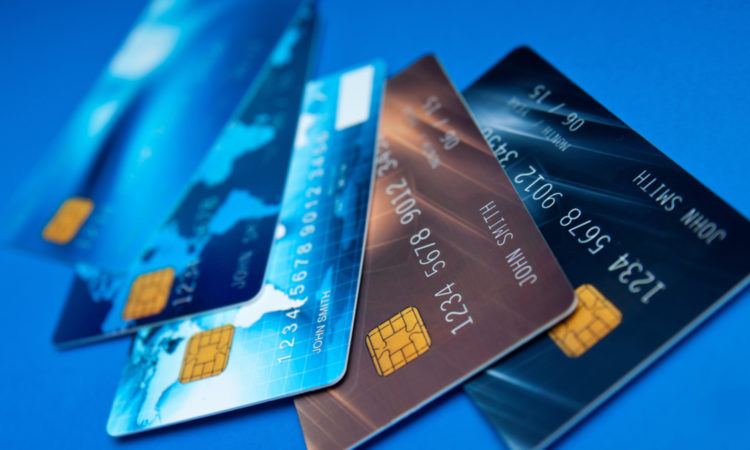
In today’s modern and tech-savvy world, even the most trivial of financial transactions are carried out using some kind of plastic card. It’s safe to assume even the most common transactions such as paying for hotel reservations, renting a car, or paying for food are now carried out using a credit, debit, or prepaid card.
Of the three innovative and creative financial tools mentioned above, the prepaid card was introduced last in the market. Surprisingly, even if considered the newcomer in the plastic card game, it has been around for a few years already. Also, prepaid cards have gotten quite a reception from consumers.
The Lowdown on Prepaid Cards
If you are thinking about getting a prepaid card but unsure if it is the best option available at your disposal, read on. Below is your essential and quick guide to the peerless prepaid cards:
While it looks almost identical to credit or debit cards, unlike the two, prepaid cards are considered “pay-as-you-go” cards. However, one thing that really sets prepaid card apart from the two is the fact that it is not linked to any bank or savings account. This means until the card has money loaded onto it, it is considered to have zero value.
When using your prepaid card for purchase transactions, the amount of the purchase or withdrawal is directly and automatically debited from the balance that is available in your card. The deduction will also occur in real time. When all the balance has been used up the prepaid card is considered “empty,” at least for the time being.
As prepaid cards have gotten more and more popular, other kinds were designed and introduced to cater to the different needs of the consumers. For instance, some prepaid cards are marketed as general purpose reloadable cards or GPR and are used as the consummate alternative to banks by the unbanked and underbanked.
Employee incentive cards, government benefit cards, gift cards, and payroll cards are also created to provide an easy and straightforward system of money distribution and budgeting. In line with this, some government agencies have also provided employees and beneficiaries with prepaid cards instead of handing out checks and doing deposits.
Prepaid Cards: The Different Types
There are two types of prepaid cards namely open-system prepaid cards and closed-system prepaid cards.
Open-system prepaid cards. These kinds of cards are typically associated with established electronic payment networks and financial giants. The card can also be identified easily using the logo. The card is also honoured and accepted by merchants that are within its network.
When it comes to open-system prepaid cards, the monetary value is not found on the card itself but maintained by the card issuer. Cardholders can also access the value of the card through the unique number. This unique number is embedded on the card’s magnetic strip. Open-system prepaid cards are also issued under the name of the user.
Closed-system prepaid cards. These types of prepaid cards are considered merchant specific. In other words, they are made for use only at a certain merchant chains or a single merchant chain. The gift card is one classic example of a closed-system prepaid card.
Apart from being classified as a closed-system card, the gift card is also considered non-reloadable. The monetary value of a closed-system prepaid card is stored in a small microchip. That said, cardholders won’t be able to find an external record of the prepaid card’s value on any other payment networks.
